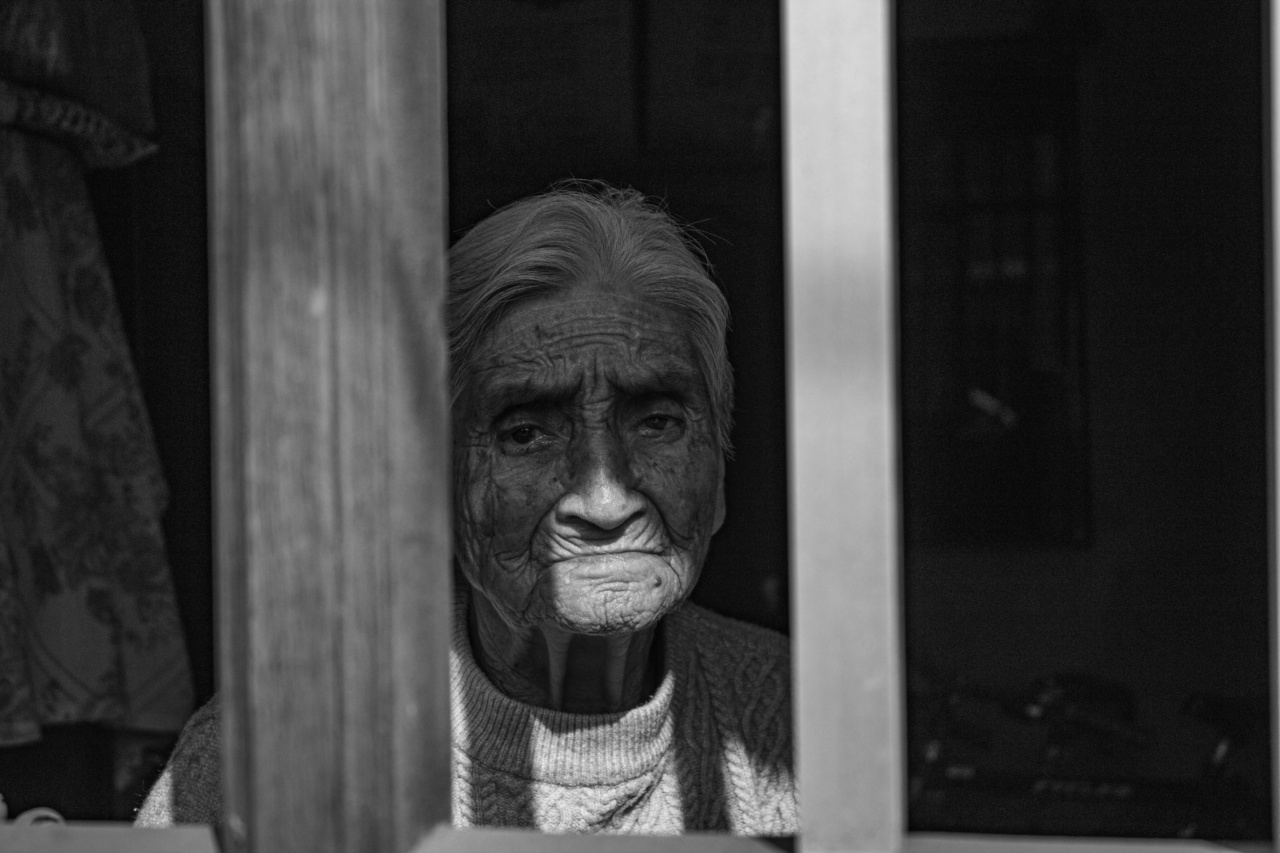Experiencing a burning pain in the back can be concerning and uncomfortable. While it’s normal to occasionally feel discomfort in this region, persistent or intense burning sensations may indicate an underlying condition that requires attention.
In this article, we will explore the various causes of a burning pain in the back, the potential seriousness of these conditions, and the necessary steps to address them.
1. Muscle Strain
One of the most common causes of a burning sensation in the back is muscle strain. This typically occurs due to the overuse or injury of muscles in the back, leading to inflammation and discomfort.
Poor posture, improper lifting techniques, and excessive physical activity are often contributing factors.
Fortunately, muscle strains are generally not serious and can be relieved through rest, ice or heat therapy, gentle stretches, and over-the-counter pain medications.
However, if the pain persists or intensifies, it is advisable to consult a healthcare professional for a detailed evaluation.
2. Spinal Issues
Several spinal conditions can result in a burning pain in the back. These include:.
a) Herniated Disc
A herniated disc occurs when the soft cushioning material between the vertebrae of the spine slips out of place or ruptures, causing compression and irritation of nearby nerves.
This can lead to a burning pain in the back, along with other symptoms such as numbness, tingling, and weakness.
While some herniated discs may heal on their own with conservative treatments like rest, physical therapy, and pain management, severe cases may require surgical intervention.
Consulting a healthcare professional is crucial to determine the appropriate course of action.
b) Spinal Stenosis
Spinal stenosis refers to the narrowing of the spinal canal, which can compress the nerves and result in burning or shooting pain in the back. The pain may radiate to the legs, leading to difficulty in walking or standing for prolonged periods.
This condition is commonly associated with aging and degenerative changes in the spine.
While spinal stenosis cannot be cured, symptoms can often be managed through conservative treatments such as medication, physical therapy, and the use of assistive devices.
In severe cases, surgery may be recommended to create more space for the nerves.
c) Sciatica
Sciatica occurs when the sciatic nerve, which runs from the lower back down through the legs, becomes compressed or irritated.
This compression often leads to a burning pain in the back that radiates down the leg, accompanied by tingling, numbness, and muscle weakness.
Treatment for sciatica typically involves a combination of pain medication, physical therapy, hot or cold therapy, and specific exercises to alleviate pressure on the sciatic nerve.
In rare cases where symptoms persist or worsen, surgical intervention may be necessary.
3. Kidney Issues
Problems with the kidneys can also manifest as back pain, including a burning sensation. Kidney stones, infections, and kidney disease can all cause discomfort in the back region.
Pain due to kidney issues is often accompanied by additional symptoms such as frequent urination, blood in the urine, fever, and fatigue.
If you suspect that kidney problems may be the cause of your burning back pain, it is essential to seek medical attention promptly. Proper diagnosis and treatment are crucial to prevent further complications.
4. Nerve Conditions
Various nerve-related conditions can lead to a burning pain in the back. These include:.
a) Shingles
Shingles is a viral infection caused by the varicella-zoster virus, which also causes chickenpox.
The virus can become reactivated later in life, resulting in a painful rash and burning sensation that typically affects one side of the body, including the back.
While antiviral medications can help alleviate symptoms and reduce the duration of the infection, receiving the shingles vaccine as a preventive measure is highly recommended, especially for individuals aged 50 and older.
b) Peripheral Neuropathy
Peripheral neuropathy refers to damage or dysfunction of the nerves located outside the brain and spinal cord. It commonly presents with symptoms such as burning pain, tingling, numbness, and muscle weakness.
In some cases, peripheral neuropathy may be caused by underlying medical conditions such as diabetes, vitamin deficiencies, or autoimmune diseases.
Treatment for peripheral neuropathy focuses on managing the underlying cause and alleviating symptoms. Medications, physical therapy, and lifestyle adjustments may be recommended to improve nerve function and provide relief.
5. Other Potential Causes
There are several other potential causes of burning pain in the back, including:.
a) Infections
Infections such as spinal infections, urinary tract infections, or infections affecting the muscles or bones in the back can lead to burning pain. Accompanying symptoms may include fever, swelling, and redness.
b) Inflammatory Conditions
Inflammatory conditions like arthritis, fibromyalgia, or inflammatory bowel disease can also contribute to burning pain in the back. These conditions often present with additional symptoms such as joint stiffness, fatigue, and gastrointestinal issues.
c) Postherpetic Neuralgia
Postherpetic neuralgia is a chronic condition that can develop after a shingles infection. It involves persistent burning pain in the area previously affected by the shingles rash.
Treatments for postherpetic neuralgia may include medications, nerve blocks, and topical treatments to alleviate discomfort.
d) Psychological Factors
Psychological factors, such as stress, anxiety, or depression, can contribute to the perception of pain and discomfort. These factors may exacerbate existing physical conditions or lead to the development of psychosomatic symptoms.
Conclusion
A burning pain in the back can be caused by a variety of factors, ranging from muscle strain to more serious underlying conditions. While some causes can be managed with conservative treatments, others may require medical intervention.
It is important to consult a healthcare professional for an accurate diagnosis and appropriate treatment plan.































